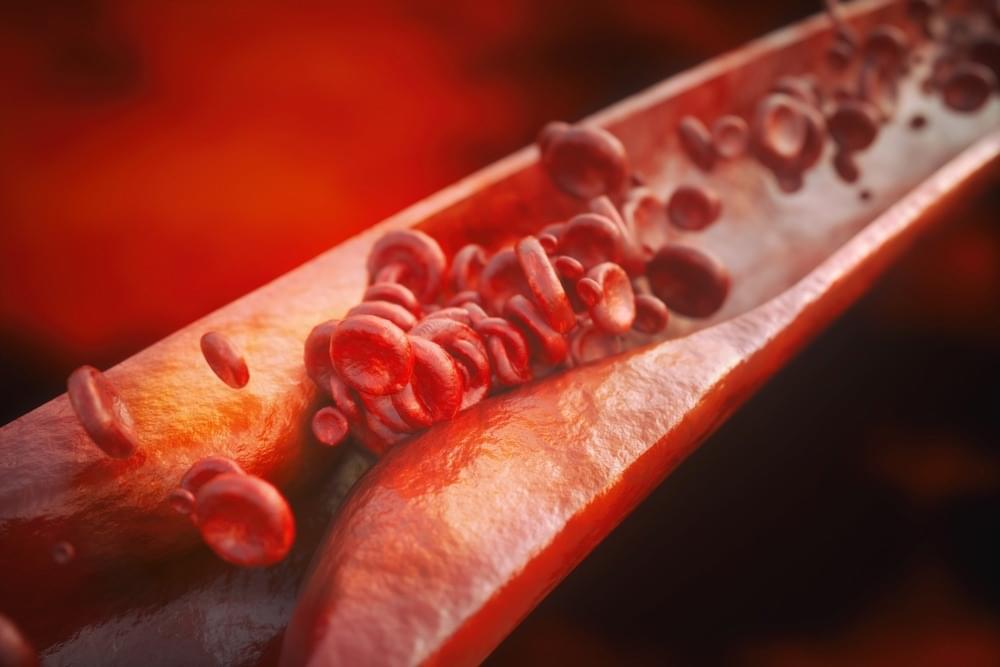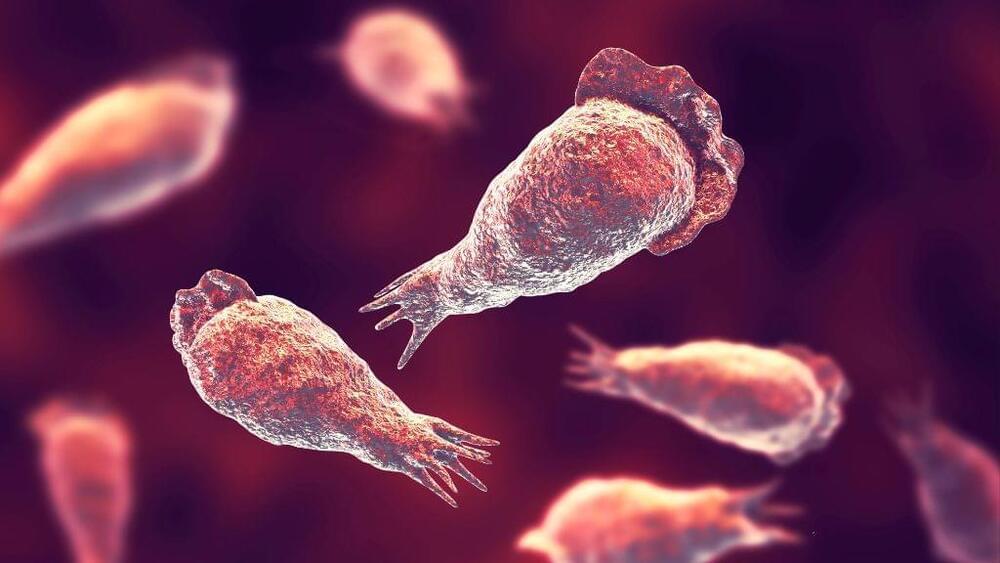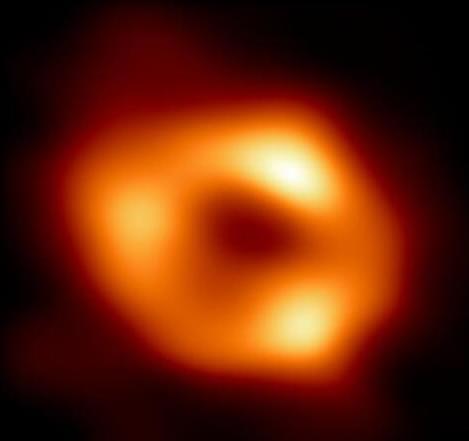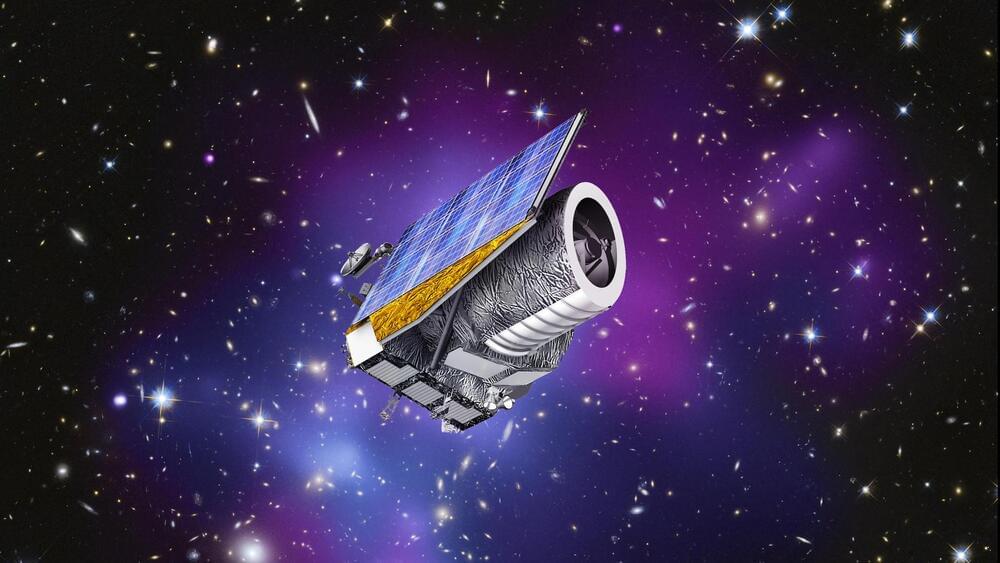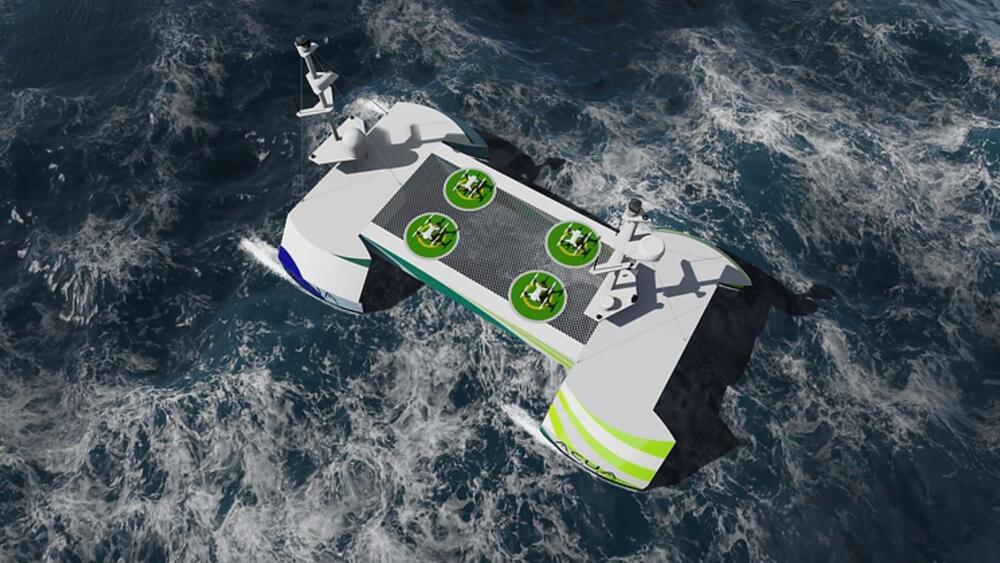In a recent study published in Nature Cardiovascular Research, researchers assessed T-cell tolerance checkpoints observed in atherosclerosis.
Atherosclerosis is a chronic inflammatory disease of the arteries. It is characterized by the presence of atherosclerotic plaque present in the inner layer of arteries. Plaques that rupture result in strokes or heart attacks. Significant innate immune cells that contribute to atherosclerosis have been identified.
In addition, certain subtypes of T cells, such as CD4+ regulatory T (Treg) cells and CD8+ T cells, promote or suppress the illness in mice. Yet, fundamental problems regarding T cell immunity noted in atherosclerosis are unanswered. In particular, it is unknown whether T cell responses linked with atherosclerosis are incident in the circulation.
